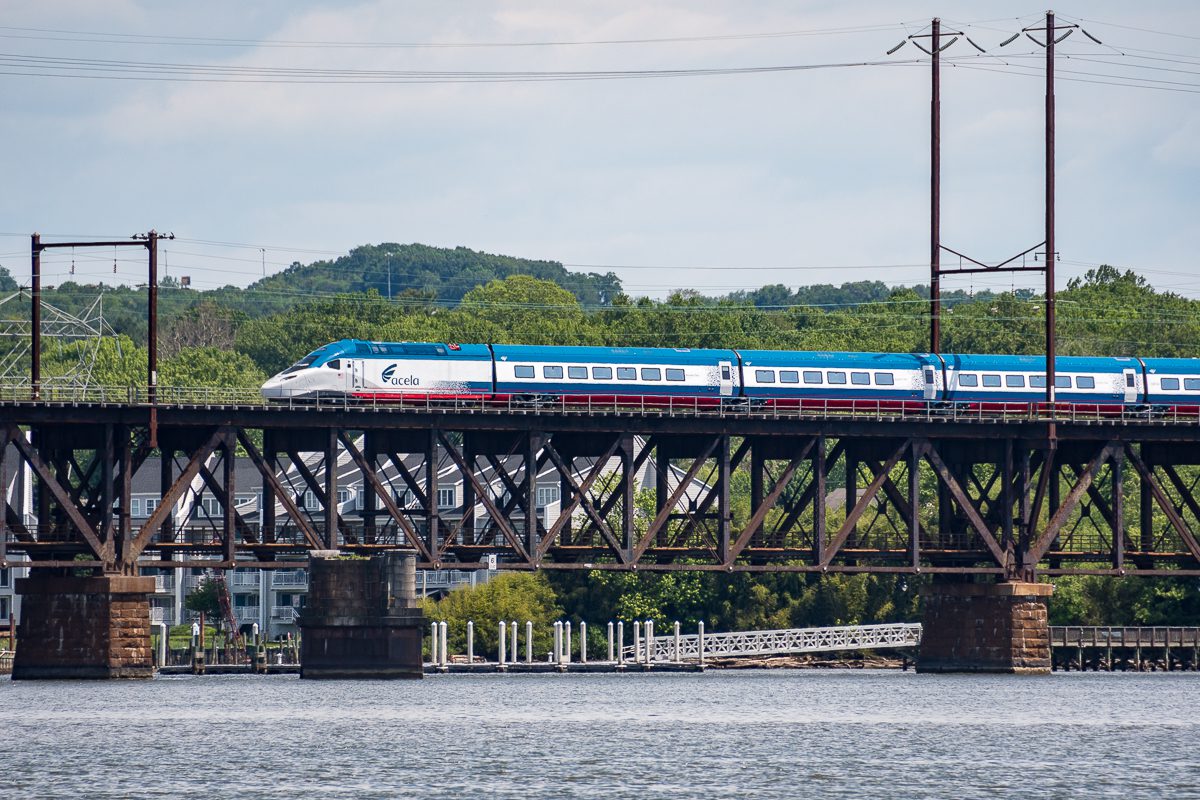Americans Are Eager to Ride Trains. Amtrak Can't Add Them Fast Enough.

Skift Take
With billions of dollars to expand passenger rail included in President Biden's Bipartisan Infrastructure Law, more Amtrak trains are on their way. Just not anytime soon.
“It’s going to take quite some time," Amtrak CEO Stephen Gardner said Friday at Amtrak's annual board meeting. "You’ll start to see some improvements quickly — others will take half a decade, a decade still depending on the size and scope."
"It’s a really exciting moment for all of us but one that will take patience, perseverance, and continuity," he continued.
DJ Stadtler, executive director of Virginia Passenger Rail Authority, is counting on them. "If you put the trains in place, people will come," he said.
After adding one additional train each to Norfolk and Roanoke last year, the state saw post-pandemic rail ridership soar. The number of people riding to Norfolk doubled compared to 2019, and Roanoke numbers jumped nearly 50%. Not shabby for two markets that only have three and two daily trains, respectively.
The story is much the same in North Carolina. The head of the state's rail division, Jason Orthner, said Friday it forecasts a 20-25% ridership jump next year over the record high in fiscal 2023.
“Folks are really using what we’re calling the starter
